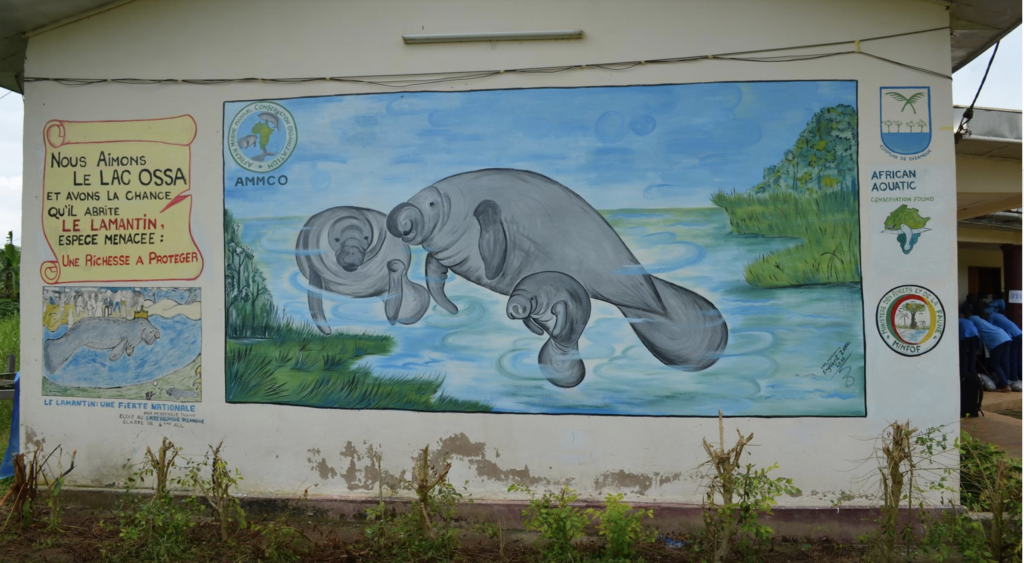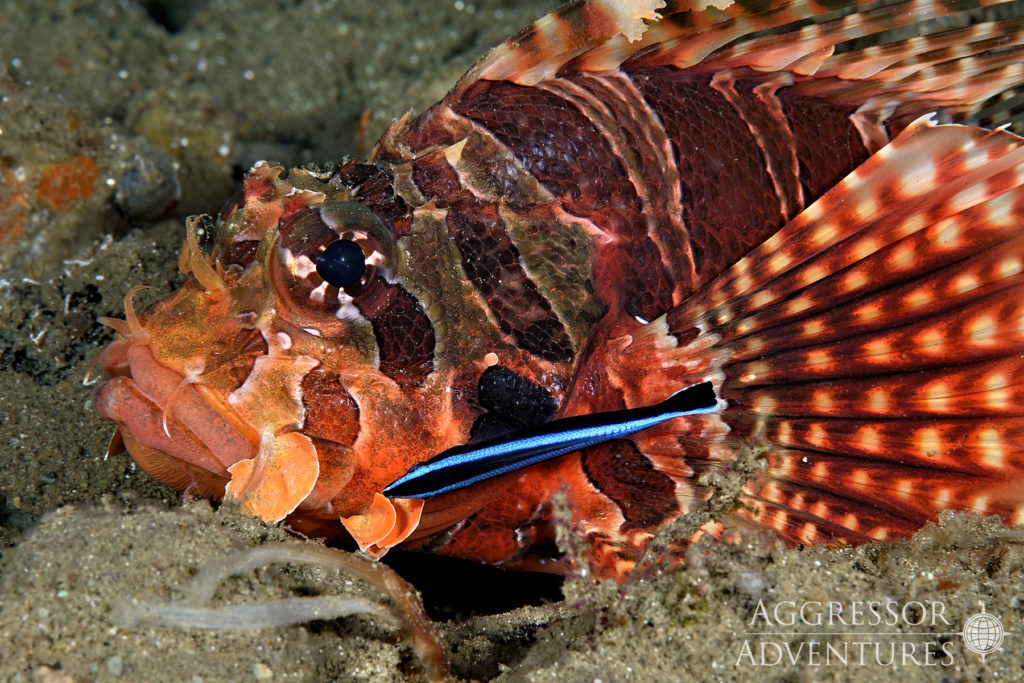By Raquel Gilliland, SOC Education/Outreach Intern
This Creature Feature is all about the beloved manatee, a large aquatic mammal that is part of the taxonomic order Sirenia. The word Sirenia comes from Greek mythology wherein the sailors who first discovered manatees mistook them for sirens or mermaids because of their long bodies and large tails.
Within the order Sirenia there are two taxonomic families, the Dugongidae which is comprised of only one species, Dugong dugon, and the Trichechidae which consists of three species of manatees: the Amazonian Manatee (Trichechus inunguis), the African Manatee (Trichechus senegalensis), and the West Indian Manatee (Trichechus manatus) which consists of two subspecies, the Antillean manatee and the Florida manatee.

Manatees can grow up to 4m (13 ft) long and weigh as much as 590kg (1,300lb). They are sometimes referred to as “sea cows” because of their docile behavior and slow grazing on aquatic plants. Manatees are mainly herbivorous (plant-eating) creatures and their mouths are specially shaped with a split upper lip that allows them to move the left and right side independently for more efficient grazing. Manatees eat around 10-15% of their body mass daily in plants. They use their front flippers to help dig up plants and roots and to move the plants to their mouths. They also use their front flippers and large tails for swimming slowly at an average speed of 3-5mph but can reach speeds of 20mph in short bursts, usually as flight response from danger or during a mating herd formation. They are usually observed grazing, resting on the bottom, or nursing their young. As mammals, they must surface to breathe about every five minutes but can hold their breath up to 20 minutes especially while resting. Additionally, manatees have live birth after a gestation period of about one year, after which a calf is dependent on their mother for 1-2years. Manatees reach sexual maturity at about five years of age making their reproductive rate relatively slow.
Manatees face many threats such as cold stress, boat strikes, poaching, and diseases, with the greatest threats being human-caused. The most frequent threat to the West Indian manatee is boat collisions and disease from toxic algae blooms, followed by ingestion and entanglement with fishing hooks, monofilament, ghost nets, and crab trap lines. Globally, habitat degradation due to diminishing seagrass beds and coastal development is also an ever-present threat to manatees. The African manatee’s largest threat stems from accidental capture as bycatch in fishing nets and poaching. All three species of manatees are listed as vulnerable on the IUNC Red List of Threatened and Endangered Species.
The Sea of Change Foundation supports manatee research and conservation in partnership with the African Marine Mammal Conservation Organization (AMMCO) in Cameroon, central Africa. With the Sea of Change Foundation’s support, AMMCO is improving local knowledge and awareness about the African manatee and other aquatic megafauna in Cameroon. The project trains fisherman and law enforcement in the area of Lake Ossa and the Northern Coast of Cameroon to document any sightings of manatees and take special note of manatee mortality. A public outreach campaign to educate the local community about plastic waste and the importance of protecting manatees is also part of AMMCO’s conservation project. You can learn more about and help support the Sea of Change Foundation’s work in conservation around the world, here.





